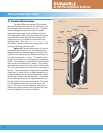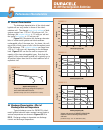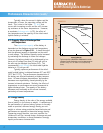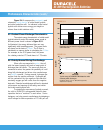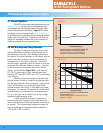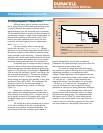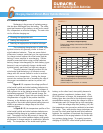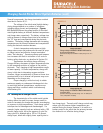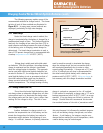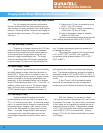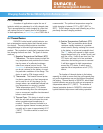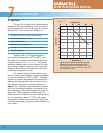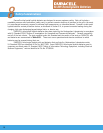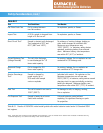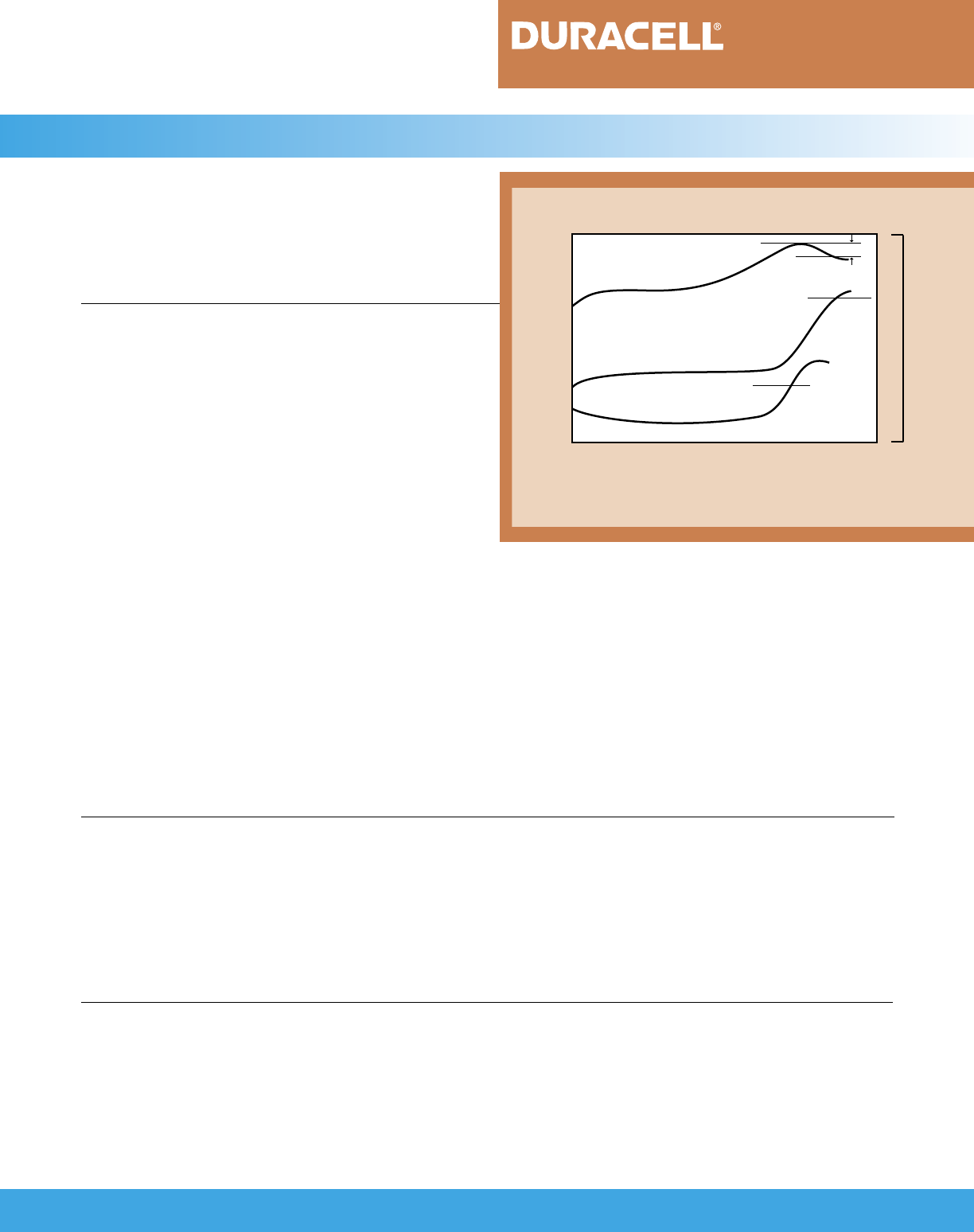
13
Ni-MH Rechargeable Batteries
The following summary explains some of the
recommended methods for charge control. The charac-
teristics of each of these methods are illustrated in
Figure 6.2.1. In many cases, several methods are
employed, particularly for high rate charging.
6.2.1 Timed Charge
Under the timed charge control method, the
charge is terminated after the battery is charged for a
predetermined length of time. This method should be
used only for charging at low rates (less than C/3) to
avoid excessive overcharge because the state-of-charge
of the battery, prior to charging, cannot always be
determined. If a timed charge termination is used, a
time of 120 percent charge input is recommended with
a backup temperature cutoff of 60°C (140°F).
Since the nickel-metal hydride battery does
not always show an adequate voltage drop, an alter-
nate method used is to terminate the charge when
the voltage peaks and the slope is zero, rather than
waiting for the voltage to drop. The risk of over-
charge is reduced as compared to the -∆V method.
If this method is employed, a charge rate of 1C and a
backup temperature cutoff of 60°C (140°F) is recom-
mended. A top-up charge can follow to ensure a full
charge.
Duracell does not recommend this termina-
tion method because of the risk of premature cutoff.
Voltage drop is widely used with nickel-cadmi-
um
batteries. With this technique, the voltage during
charge is monitored and the charge is terminated
when the voltage begins to decrease. This approach
can be used with nickel-metal hydride batteries, but
as noted in Section 6.1, the voltage drop of the nickel-
metal hydride battery is not as prominent as that of
the nickel-cadmium battery and may be absent in
charge currents below the C/3 rate, particularly at
elevated temperatures. The voltage sensing circuitry
must be sensitive enough to terminate the charge
when the voltage drops, but not so sensitive that it
will terminate prematurely due to noise or other
normal voltage fluctuations. A charge rate of 1C and
a 5 to 10 millivolt per cell drop is recommended for
the nickel-metal hydride battery with a backup tem-
perature cutoff of 60°C (140°F). A top-up charge is
not necessary with this charge termination method.
Charge Time (t)
Voltage (V)
FIGURE 6.2.1
dT/dt
TCO
-∆V
Voltage (V)
Temperature (T)
Temperature Differential Output (
dT/dt)
Temperature (T)
Temperature Differential
(
dT/dt
)
Charge characteristics of Ni-MH batteries using
various charge termination methods.
Charging Sealed Nickel-Metal Hydride Batteries (cont.)
6.2.3 Voltage Plateau (Zero ∆V)
Another technique for charge control is to
monitor the temperature rise of the battery and ter-
minate the charge when the battery has reached a
temperature which indicates the beginning of over-
charge. It is difficult, however, to precisely determine
this point because it is influenced by ambient tempera-
ture, cell and battery design,
charge rate, and other
factors. A cold battery, for
instance, may be over-
charged before reaching the cutoff temperature, while
a warm battery may be undercharged.
6.2.4 Temperature Cutoff



